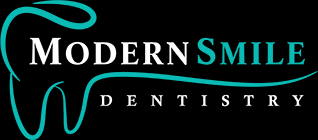Dental Bone Grafting
Dental bone grafting is used to strengthen and restore the foundation of oral bone in an area that has been damaged from trauma or infection. Bone grafting allows for current or future restoration options, or to build up the loss of bone around a particular site. Dr. Nima Mashhoon can exam your mouth and determine if dental bone grafting is right for you.
“We give you a reason to smile!”
What is Dental Bone Grafting?
Bone grafting or sometimes referred to as, site preservation, is the idea of preserving the bone in a region to allow for future restorative options. Such restorative options are such as dental implants. The width, height, and length of the bone ridge is very important not only in preserving the site for implants, but aid in preserving the bone around the neighboring teeth.
In the case that bone graft is not placed, after a tooth extraction, the site will begin to subside (lessen) in bone width, length and height. This can cause complications and difficulties in site restorations at a later date. Your dentist can explain to you when bone grafts are recommended for you.
When is Dental Bone Grafting Recommended?
There are many situations that could require bone grafts to improve the bone structure surround one or multiple teeth. In most cases bone grafts are used after a tooth extraction, due to periodontal disease, or due to trauma or infections.
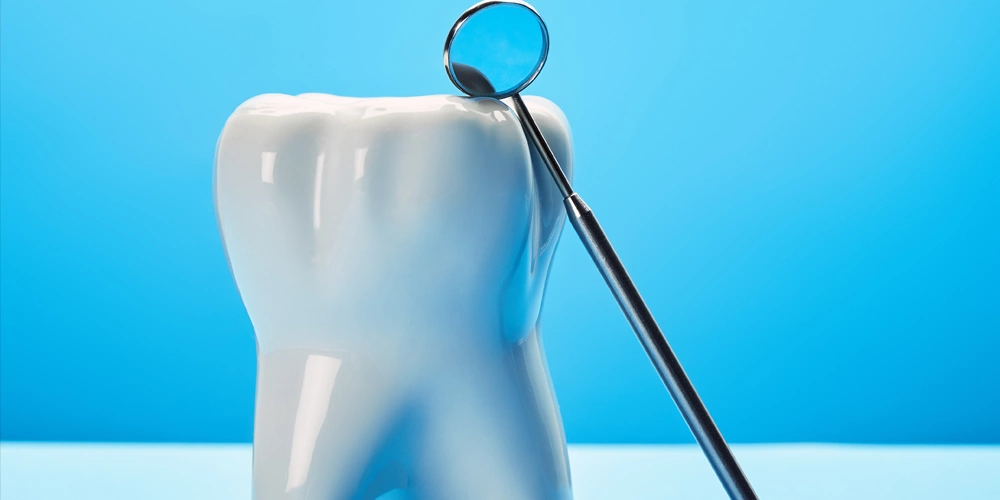
Tooth Extractions
Once it has been deemed that the tooth/teeth need to be extracted, it will be highly recommended to place bone graft at that site. Studies have shown that after the loss of a tooth, the body does not exhibit the same energy and resource to maintain that same bone level, so patients tend to lose roughly 50% of the bone in that region in the next three years. Once the bone has been lost, it may be possible to regain the width, height, length, however, extensive complex surgeries will be required. The most simple and predictable method would be the replacement of the bone, the same day as the extraction. Bone grafts are most prominently used in the extraction of wisdom teeth.
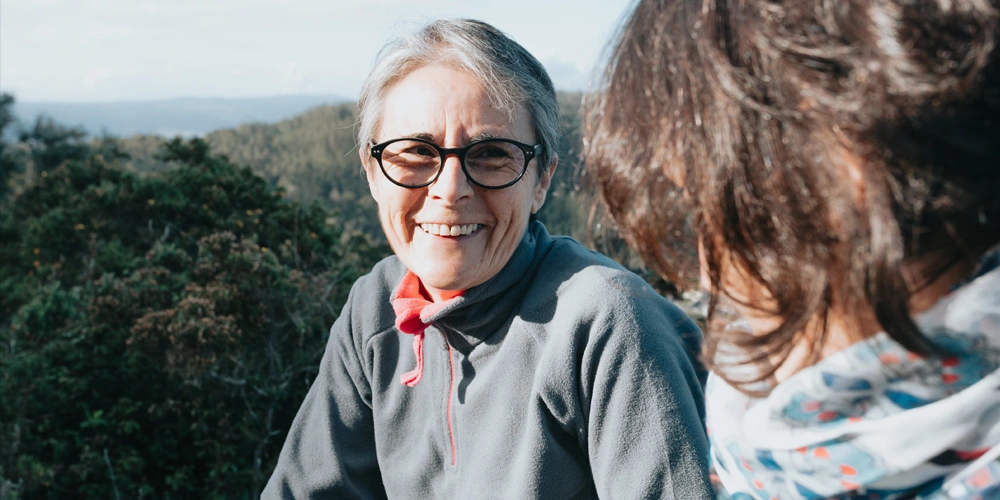
Periodontal Disease
There are many factors that come into play when it comes to periodontal disease. The most common are environmental and genetic. This form of disease can cause bone loss at a localized (one or few) region or general (all over the mouth). The disease can lead to bone loss, which can lead to tooth/teeth loss in the future if not addressed. At times, if the disease were to be moderate to severe, a referral to a periodontist (gum and bone specialist) will be warranted to work in partnership to help control your periodontal disease. Dr. Nima Mashhoon will give you recommendations as needed.
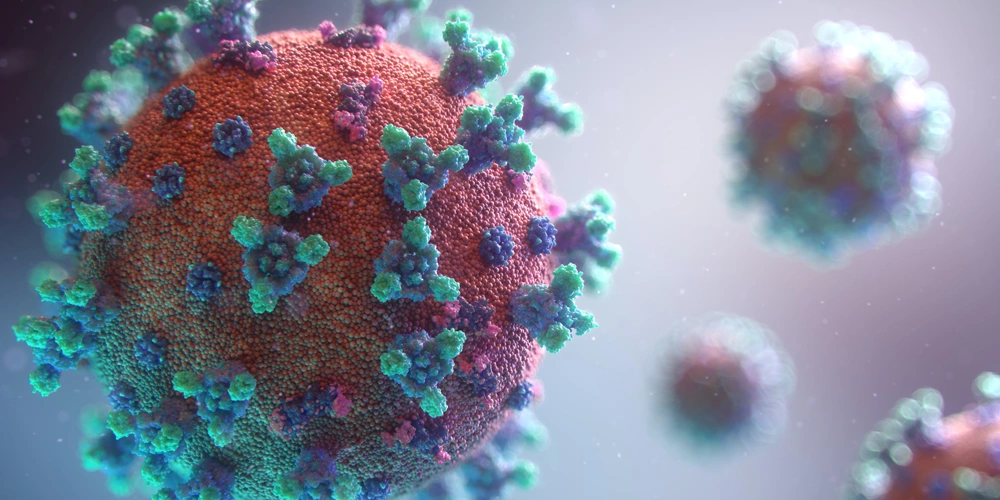
Trauma or Infection
Another way bone loss can be experienced are by infections. Infections can lead to the resorption of healthy bone to leave voids in your upper or lower jaw. It is critical to find and remove the infection as soon as possible to prevent further damage to the surrounding healthy bone. A dental x-ray and oral exam can help determine if an infection is present and further treatement is necessary, including a bone graft.
Different Types of Bone Grafts
There are a few different types of bone material that are utilized for dental bone grafts. Depending on your situation Allograft bone, Autogenous Bone, or Xenograft Bone may be recommended. Dr. Nima Mashhoon can provide his recommendation after a thorough evaluation.

Allograft Bone
The type of bone is harvested from cadavers or synthetic bone. As with any bone used in dentistry, all are sterile and safe for use.

Autogenous Bone
The bone is harvested from the same patient but from a different region of their body. While this will involve a surgery to harvest that bone, it is the most preferred method being that the bone is from the same person. This method is usually performed by an oral surgeon, which a referral would be warranted.
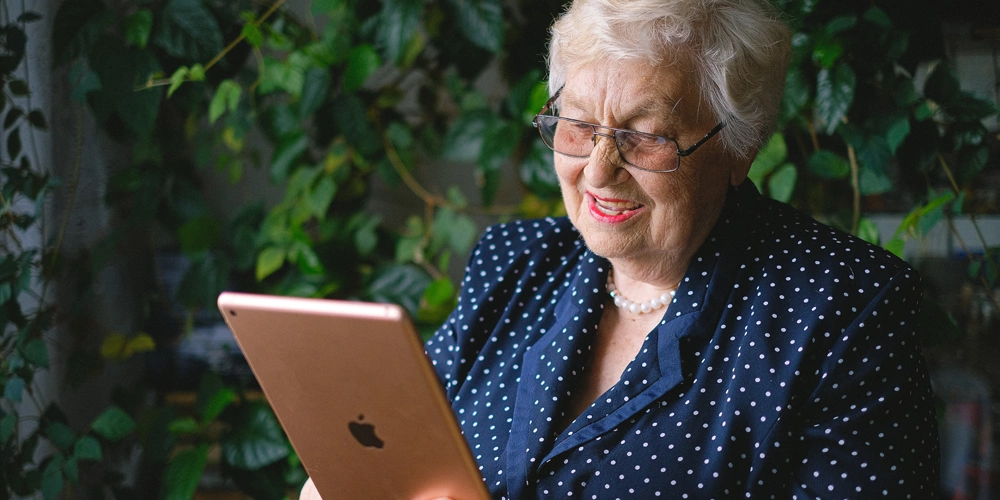
Xenograft Bone
The bone is harvested from bovine (cow). As with any bone used in dentistry, all are sterile and safe for use.
Bone Graft Procedure
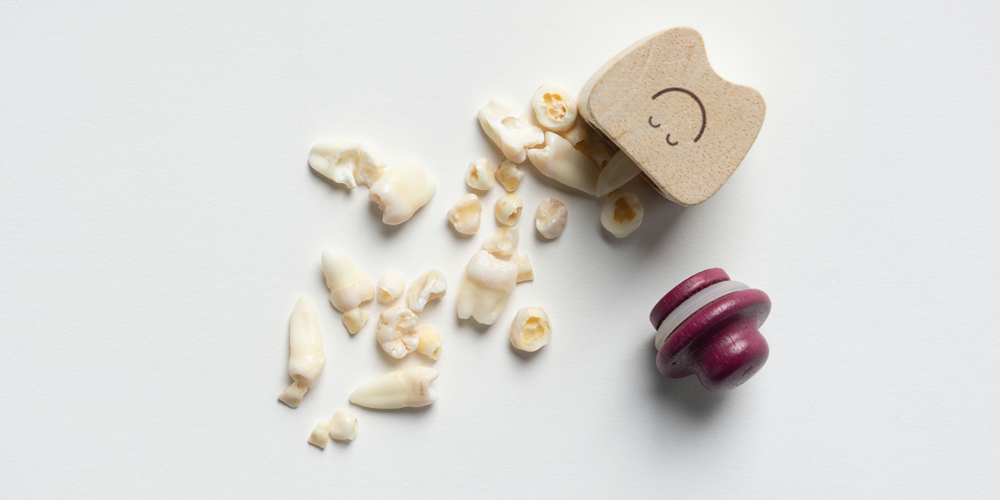
Painless Tooth Extraction
As previously stated, the most common and beneficial time to receive bone graft is the same day as the extraction being performed. In the case that a tooth has to be extracted, the site(s) will be proficiently numbed by Dr. Nima Mashhoon, via dental anesthetic for maximum comfort for you. Once achieved, the tooth/teeth will be removed as gently as possible. The site will be cleaned and properly irrigated.

Positioning the Bone Graft
The sterile bone will then be placed in the site (retro-filled socket) to allow for maximum site preservation. Once the site has been filled, the site will then be covered by a collagen/synthetic membrane, and the site will be sutured to allow for healing and bone integration.
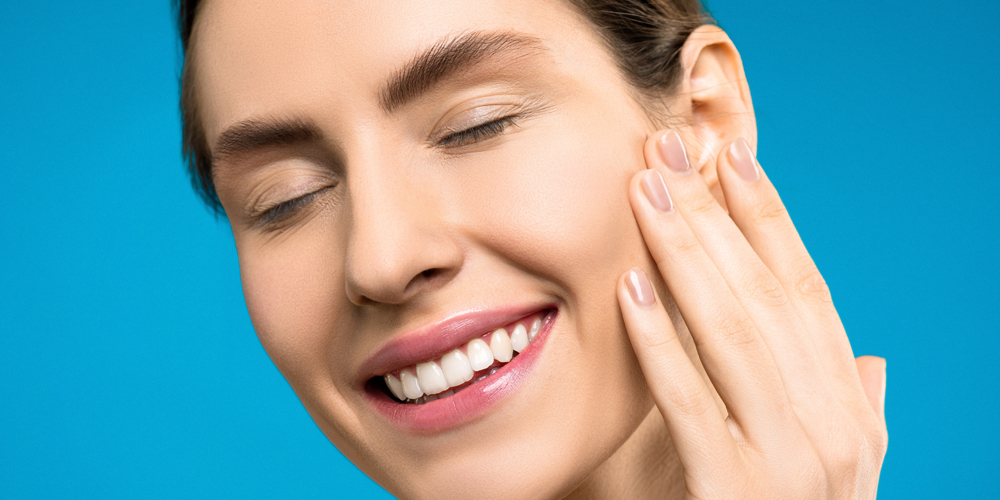
The Healing Process
Via the healing process, your body will integrate the bone into the jaw, which will allow for maximum width, height and length of bone to future restorative options. You will then return after 2-3 weeks for removal of the sutures and evaluation of the site. The normal healing timeline after placement of bone graft is roughly 3-4 months but can vary based on location and medical history.

Expectations After the Procedure
Dr. Nima Mashhoon will provide you will all the information needed before and after treatment and how to care for the site after surgery. Appropriate medication will be administered before the procedure and prescribed after the procedure. Please inform our office if you have any allergies to medications before the start of the procedure. This is an outpatient procedure, so you will be able to go home the same day after the procedure. However, if you do not feel comfortable to drive after, please coordinate the proper transportation. Dr. Nima Mashhoon will discuss this further with you during your consultation/treatment.
